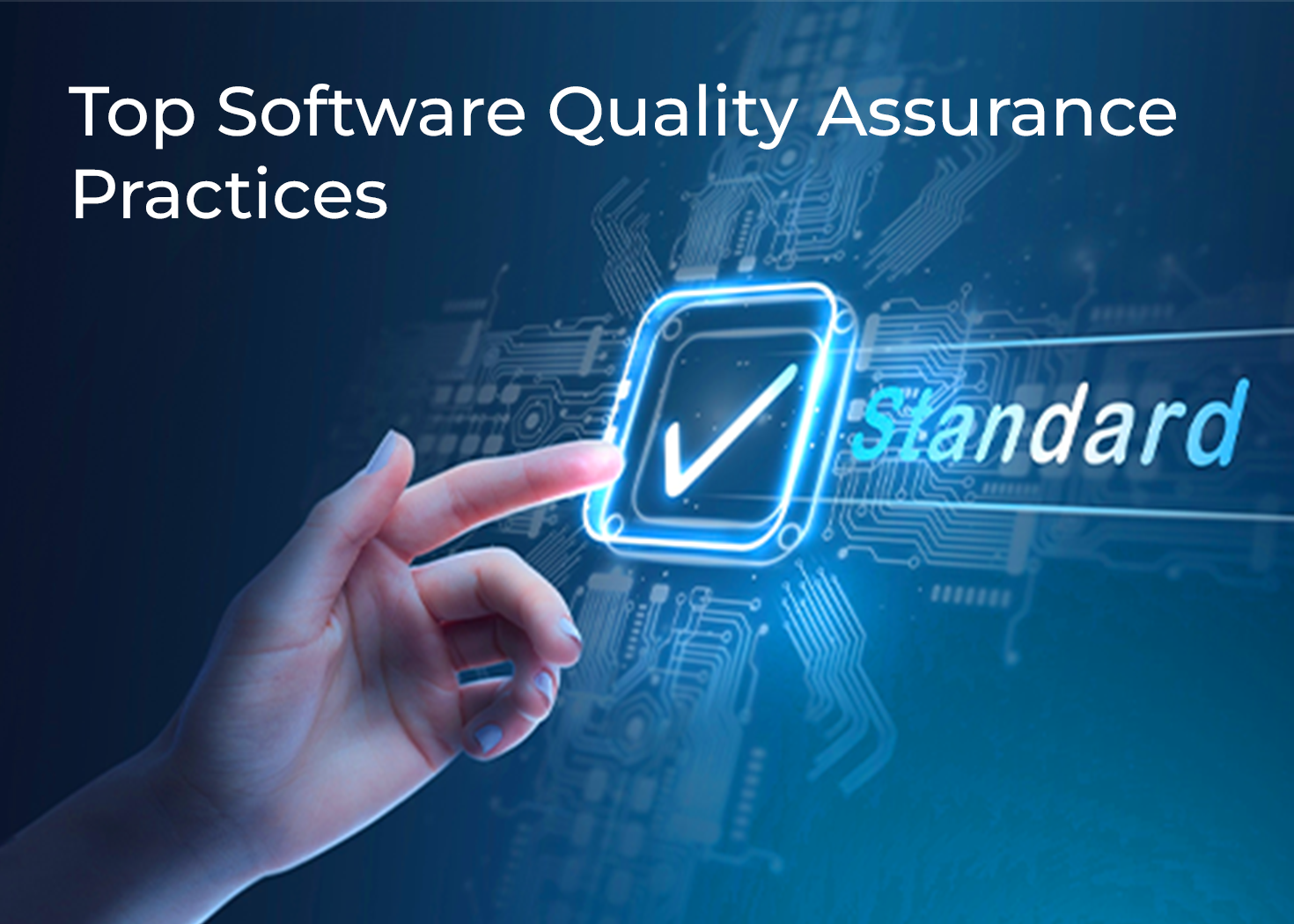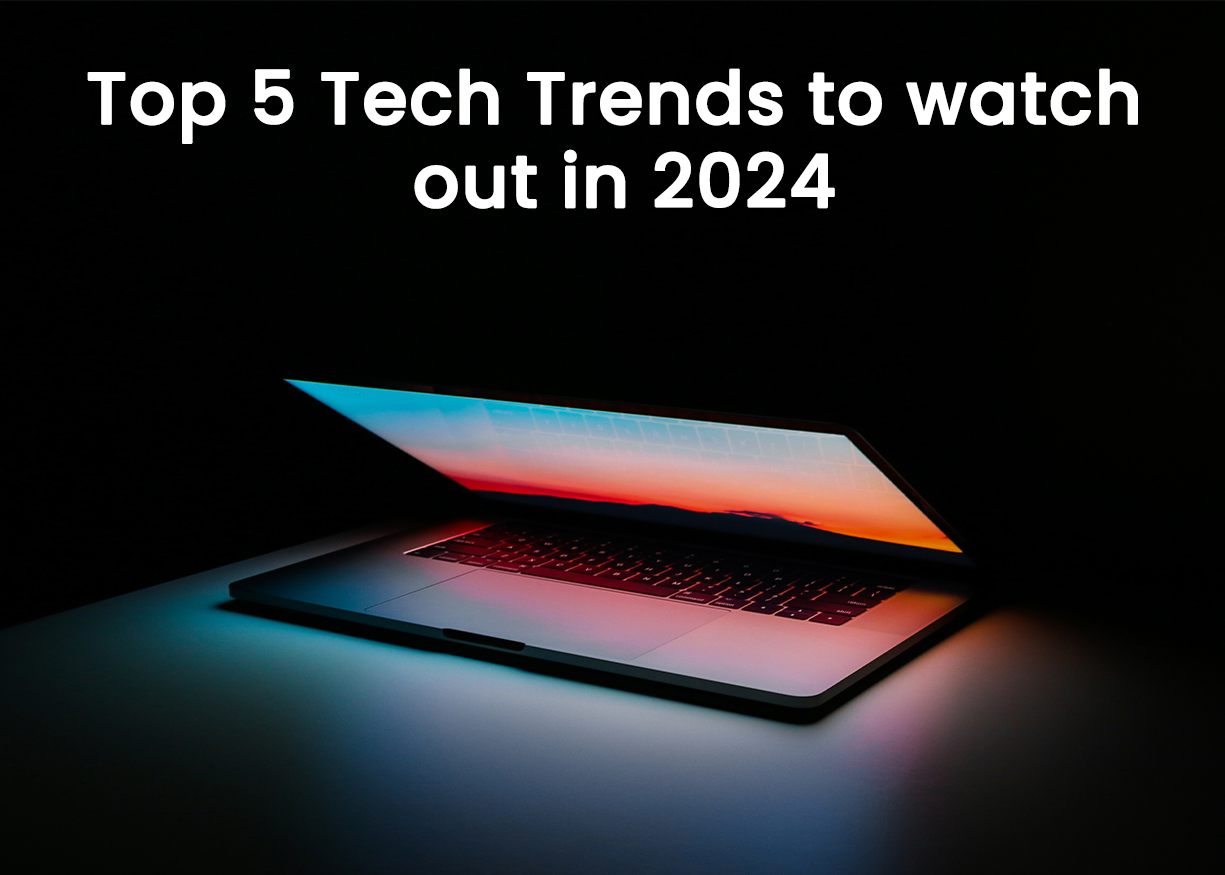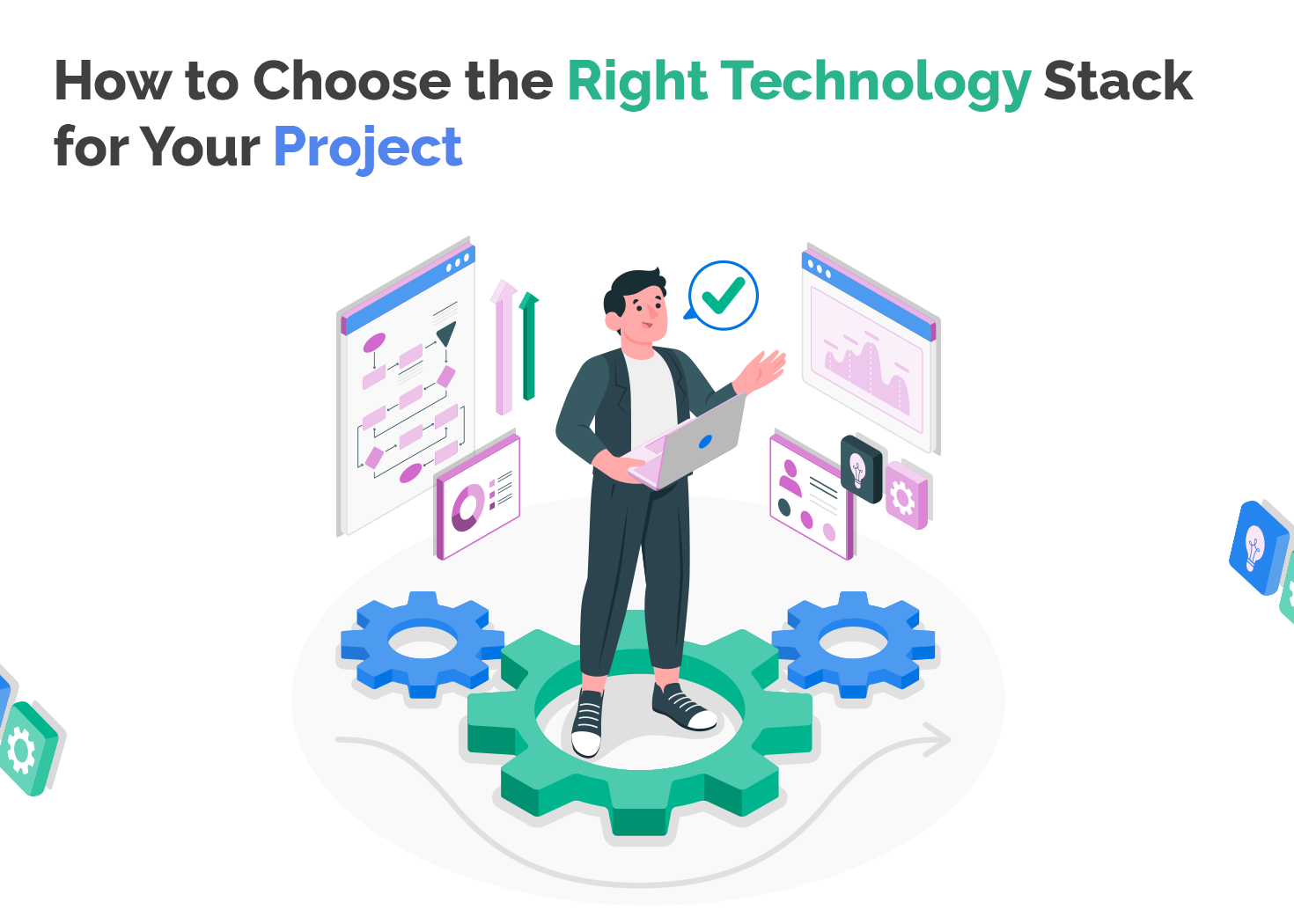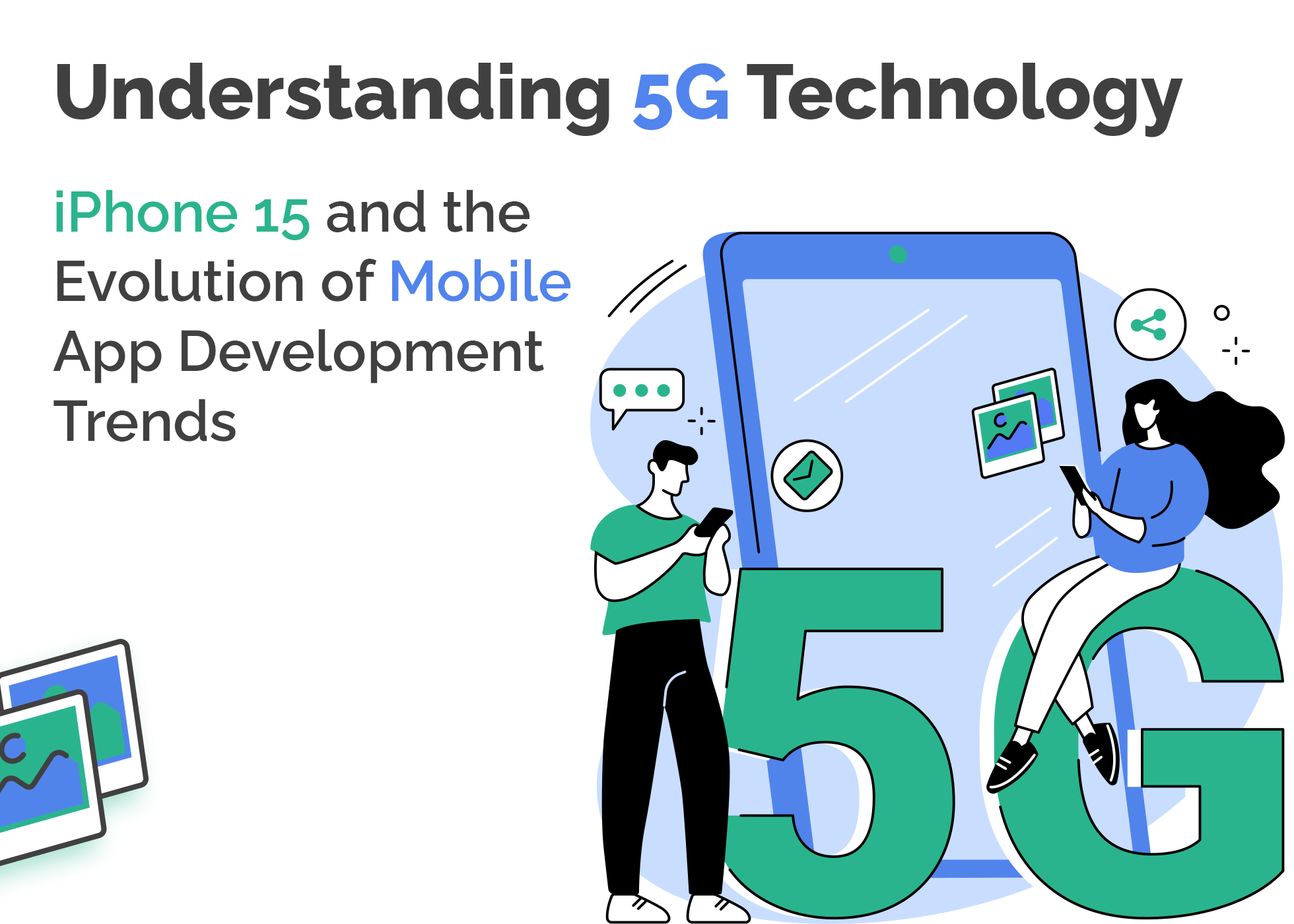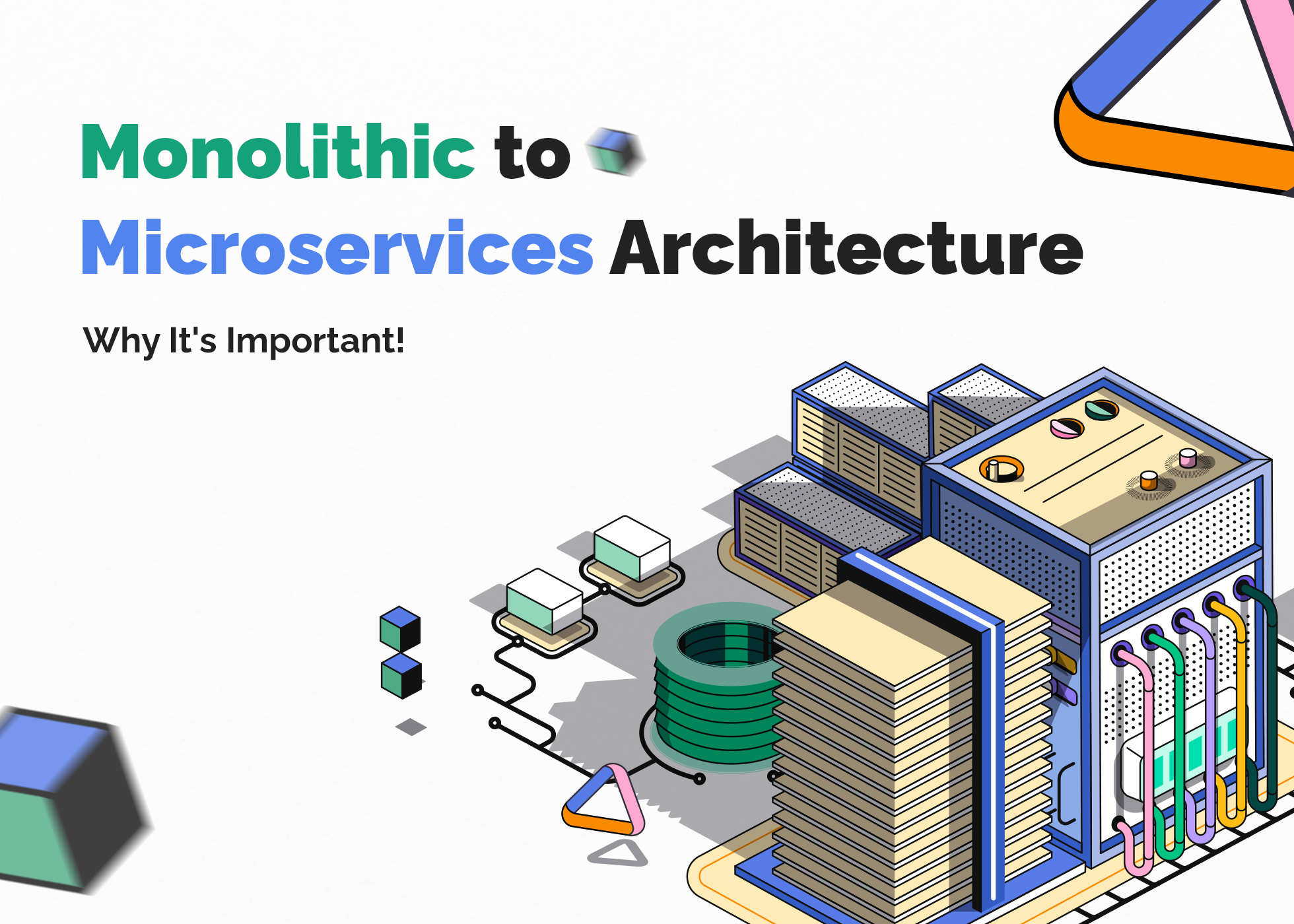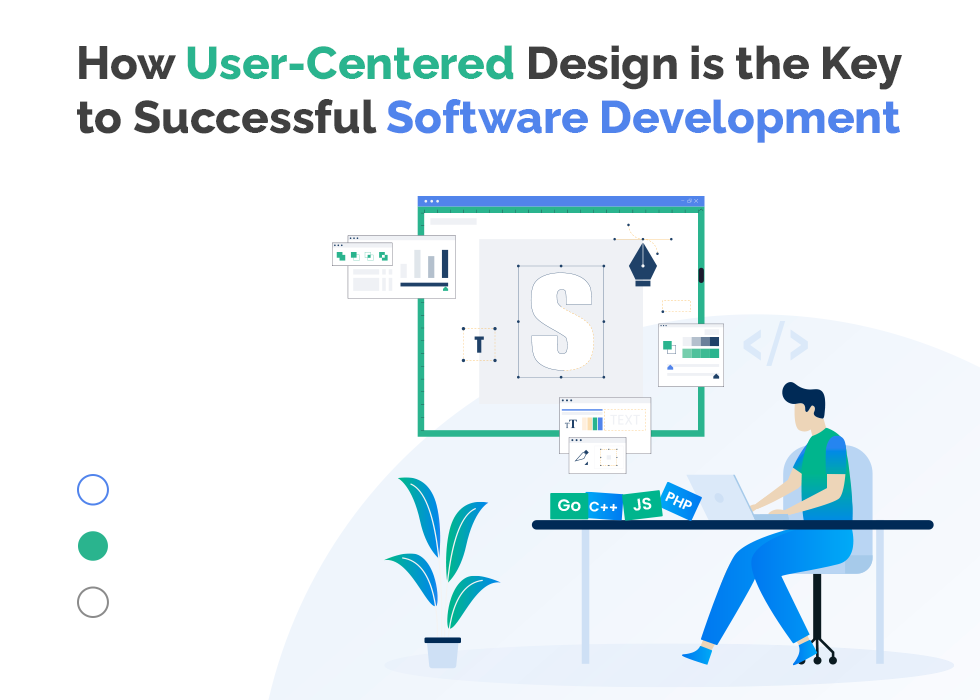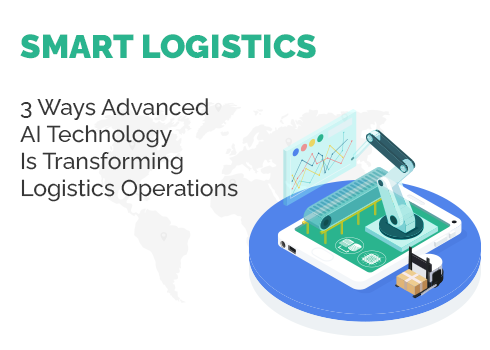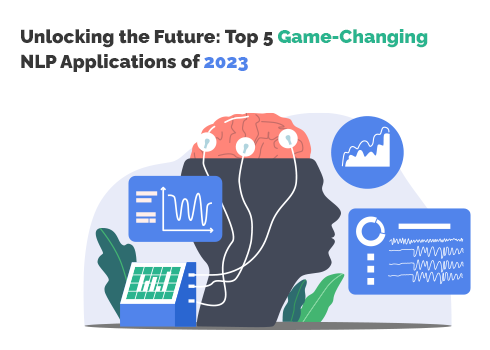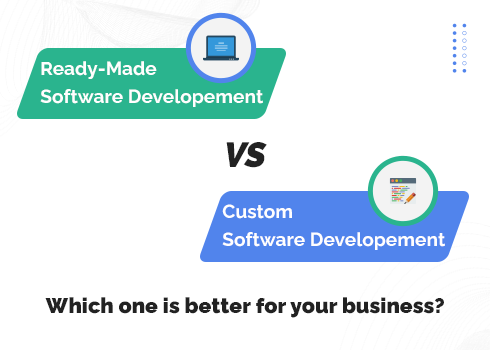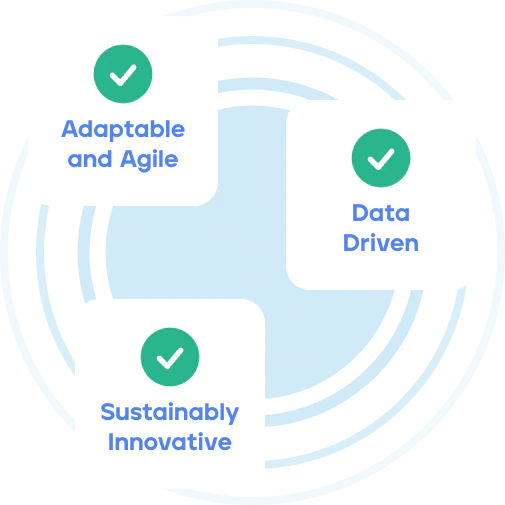
In the world of software development, architectural decisions play an important role in determining the success and scalability of a product. One such decision is choosing between monolithic and microservices architecture. In this blog, we talk about transitioning from a monolithic approach to microservices and why it is important in some cases to do so.

Interesting Fact
Based on recent research findings, a significant 85% of businesses are updating their applications to a microservices architecture. The global market for cloud microservices was worth USD 1.29 billion in 2022, and it's expected to grow from USD 1.54 billion in 2023 to USD 6.04 billion by 2030, with a CAGR of 21.6%.
Revisiting the basics
The monolithic architecture integrates all application components into a single codebase, offering simplicity but posing significant scalability challenges. The risk of being a single point of failure leads to slower development cycles during updates. A microservices architecture, on the other hand, breaks down an application into smaller, independent services that communicate through APIs. Since scaling is the logical milestone of every software product, it could be achieved with a microservices approach.
Starting a project directly with microservices isn't always the best choice. It's often more practical to begin with a monolithic approach and gradually extract core business logic within it to make the extraction more manageable. However, microservices architecture certainly offers undeniable advantages including:
-
Scalability and performance: Microservices allow you to scale individual components independently, optimizing resource utilization and ensuring high performance.
-
Enhanced fault isolation: If one service fails, it doesn't bring down the entire system. This fault isolation improves system reliability.
-
Technology agnosticism: Microservices are technology-agnostic, enabling you to choose the best technology stack for each service, promoting innovation and flexibility.
-
Faster development cycles: Smaller, focused teams can develop, test, and deploy services faster, enabling quicker feature delivery.
-
Improved resource utilization: With microservices, you can allocate resources based on actual usage, saving costs and optimizing performance.
Read More: How User-Centered Design is the Key to Successful Software Development
Real-world success stories
To illustrate the benefits of microservices, let's look at a few real-world examples:
-
Netflix: Netflix transitioned from a monolithic architecture to microservices to support its global streaming platform and to serve over 238.39 million subscribers worldwide. This shift allowed them to scale efficiently, improve availability, and personalize user experiences.
-
Amazon: Amazon's retail platform is powered by microservices. This architecture enables them to handle immense traffic during peak shopping seasons while ensuring scalability and contributing to an 11% increase in revenue in 2023.
-
Uber: Uber serves millions of daily riders and drivers across the globe. Uber's microservices architecture facilitates real-time tracking, routing, and payment processing, offering a remarkable experience to riders and drivers. Uber reported a revenue of $3.1 billion in the first quarter of 2023.
Key considerations when transitioning
Before making the shift, there are essential considerations:
-
Evaluating your current monolithic architecture: Understand the strengths and weaknesses of your existing architecture.
-
Identifying appropriate microservices components: Choose the right services to migrate, focusing on those with the most significant impact.
-
Managing data in a microservices world: Plan how data will be shared and maintained across services.
-
Adopting DevOps practices: Embrace automation, continuous integration, and continuous deployment for smoother transitions.
-
Ensuring effective communication and monitoring: Implement strong communication protocols and monitoring tools to maintain visibility into your microservices ecosystem.
Read More: Exploring the Role of Computer Vision in Augmented Reality: 7 Practical Everyday Examples
Gigalabs Case Study- Flavorwiki
Gigalabs played a crucial role in helping FlavorWiki switch to a microservices setup. This shift resulted in a more powerful and scalable platform, making FlavorWiki an industry leader in market research. Gigalabs' contributions have been significant in their success, leading to a long-term partnership for mutual growth.
Gigalabs is here to support you in incorporating microservices into your projects, making sure your software stands out in the market. Reach out to us at sales@gigalabs.co today to enhance your software development with microservices. Let's collaborate to build user-friendly, high-performing software solutions.








